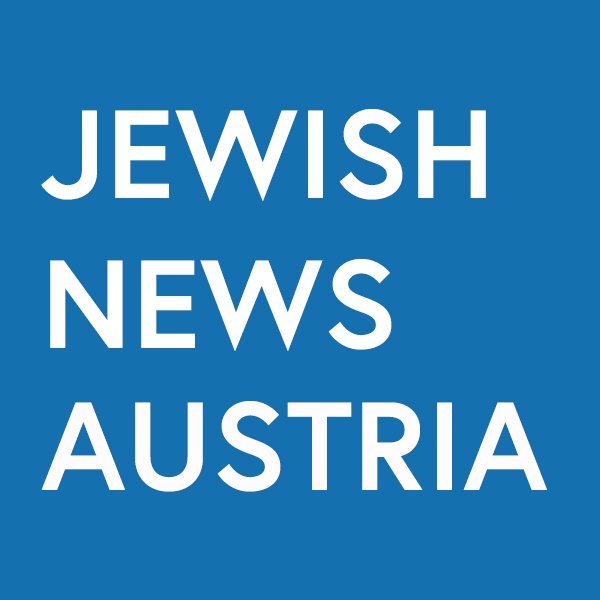Search for Mass Grave of Nazi Massacre in Rechnitz Unsuccessful
Der Standard, November 3, 2025
Karin Kriechmayr
German original: https://www.derstandard.at/story/3000000294722/suche-nach-massengrab-des-ns-massakers-in-rechnitz-blieb-erfolglos
The remains of the 180 Hungarian Jews who were murdered 80 years ago at the end of the war remain missing. However, the new excavation was not entirely in vain.
To this day, it remains a mystery where exactly the remains of the approximately 180 Hungarian Jews who were shot on the night of March 24-25, 1945, on the outskirts of Rechnitz in Burgenland are located. Just a few days before the end of the war, Nazi officials led by local NSDAP leader Franz Podezin shot the forced laborers in one of the most gruesome crimes of the final phase of the war. They had been housed in the so-called Kreuzstadl because they were too sick and too weak to continue working on the construction of the “Southeast Wall” to defend against the approaching Red Army.
The mass grave was first searched for between 1966 and 1969, with further excavations taking place in 1993, 2017, 2019, 2021 – and now, in October 2025. The exact location could not be determined until now because the majority of the local population had remained silent about it.
As reported by the province of Burgenland, the search carried out between mid- and late October on an area of around 200 square meters was also unsuccessful. In addition to the evaluation of historical sources and aerial photographs, the excavations were based on research results from the Vienna University of Technology, which applied a newly developed geophysical investigation method to search for human remains.
Important Findings
According to the press release, this rules out the possibility that the mass grave of Hungarian Jewish forced laborers is located in the area investigated. The important finding remains that another suspected site brought into play by several sources can be ruled out as the location of the mass grave.
Nevertheless, the work has yielded important findings. A total of 26 samples were taken from different depths and positions in an identified anomaly area—an area where soil testing indicated elevated carbon concentrations. These are currently being examined in more detail.
In addition, further finds were unearthed during the excavations in the area of the Neolithic circular ditch. This is located directly beneath the area where the mass grave was believed to be. The ceramic fragments, stone tools, and other finds will now be scientifically evaluated.
Excessive Violence Without Consequences
The massacre on Palm Sunday 1945 was one of a series of acts of excessive violence committed by members of Nazi organizations and civilians alike in the final stages of World War II. Ten men are believed to have been involved in the massacre near the former Kreuzstadl farmstead in Rechnitz.
According to witness statements, around midnight, the local NSDAP leader Franz Podezin left a party at the nearby Batthyány Castle to shoot the forced laborers with a group of men. The next day, 18 survivors were forced to bury the bodies and were then murdered themselves. Their bodies are the only ones that Horst Littmann of the German War Graves Commission was able to locate in the fall of 1969. In 1970, they were exhumed and reburied in the Jewish cemetery in Graz. At the time, Littmann received anonymous death threats.
After the end of the Nazi regime, the massacre was the subject of two trials and a preliminary judicial investigation, but these resulted in only three convictions, none of which were against a principal perpetrator or for active participation in the crime. Podezin is believed to have gone into hiding in South Africa, where he died around 1995.
Today, the Kreuzstadl is only preserved as a ruin. On the initiative of the association RE.F.U.G.I.U.S., it serves as a memorial and monument to the murdered Jews. (Karin Krichmayr, November 3, 2025)
